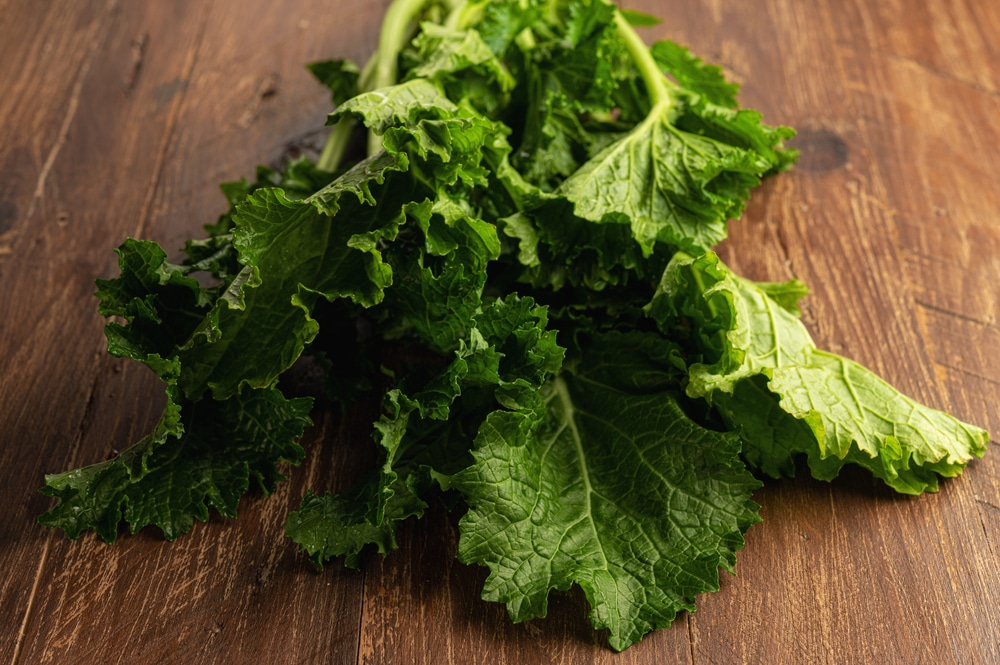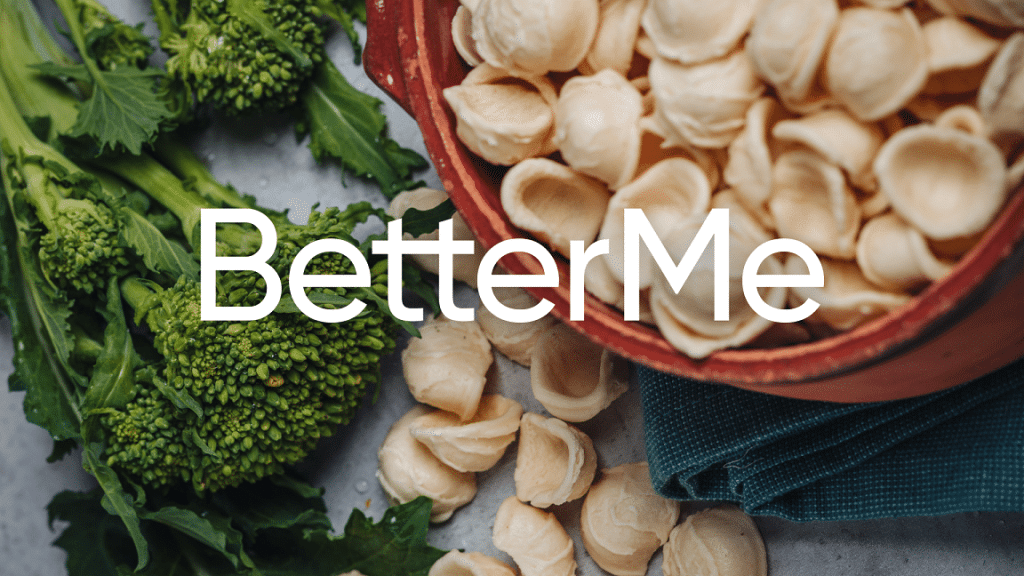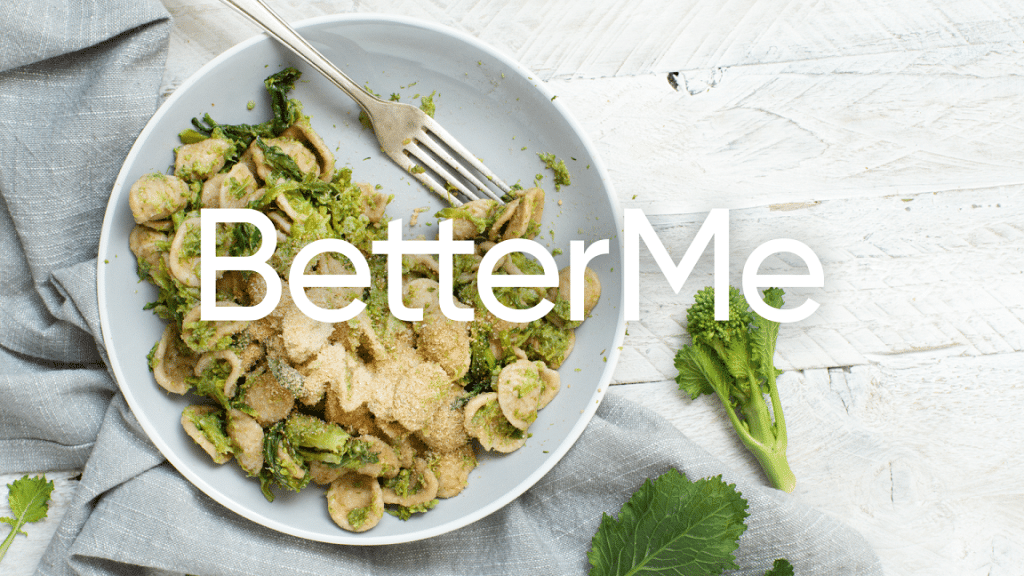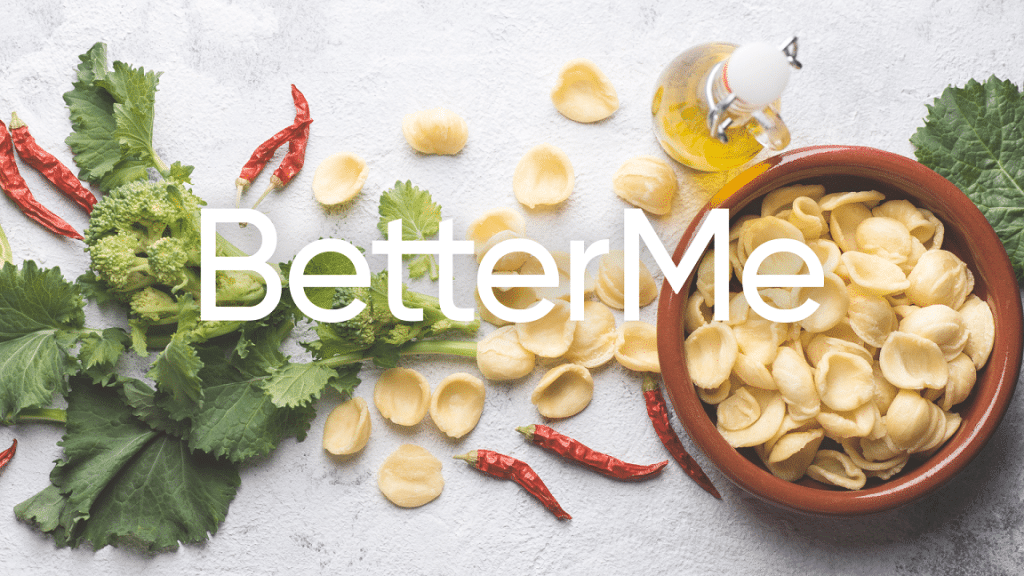Besides spinach and kale, another fresh leafy green vegetable that people have incorporated into their diets is turnip greens. Although some people discard the leaves, experts have revealed that the greens are equally as healthy. Today we will review the benefits of turnip greens, their nutrition facts, and their side effects.
What Are Turnip Greens?
They are classified in the cruciferous vegetable family together with broccoli, kale, and cauliflower (5). These vegetables are cultivated for their roots and leaves. Young turnip roots can be prepared in salads, while the greens can be steamed and eaten as a side dish (5).
Please note, turnip leaves have a bitter taste which can discourage some people from adding this vegetable to the diet. Nonetheless, you should not worry about it because you can use techniques to reduce the bitterness, such as adding a sweetener or boiling and then discarding that water.
Turnips Greens Nutrition Data
Turnip greens are considered to be very nutritious. A 100 g serving as per the U.S. Department of Agriculture (USDA) National Database has the following nutrients (6):
- Water- 89.7 g
- Calories- 32
- Protein- 1.5 g
- Total fat- 0.3 g
- Carbohydrates- 7.13 g
The nutrient profile varies with the servings. A 55 g serving (1 cup chopped) will have fewer nutrients than a 100 g serving. According to Medical News Today, a 55-g serving of raw turnip greens has the following nutrients (2):
- Calories- 18
- Total fat- 0.17 g
- Protein- 0.82 g
- Carbohydrate- 3.92 g (including 1.8 g of fiber and 0.45 g of sugar)
It is important to note that the calories in turnip greens directly correlate with the servings.
Read More: Broccoli Microgreens Nutrition Facts, Health Benefits, And Side Effects
Benefits Of Eating Turnip Greens
Experts have found several health benefits of turnip greens. They include:
Rich In Nutrients
Turnip greens have high levels of essential nutrients. These nutrients enhance overall health and also help reduce disease risk (2). For example, these greens are rich in dietary nitrate. Experts have linked dietary nitrate to better cardiovascular functioning and reduced risk of stroke, hypertension, and coronary heart disease (2). Additionally, these greens are packed with the following nutrients (2):
- Folate
- Magnesium
- Phosphorus
- Potassium
- Zinc
- Iron
- Calcium
- Copper
- Selenium
- Vitamins C
You get a good fraction of your % Daily Value (%DV) from these vegetables. For example, men and women between 19 and 50 years must consume 1, 000 mg of calcium in a day (1). According to the USDA, a 100 g serving provides you with 190 mg of calcium (6).
These greens do contain some natural sodium. For example, a 55 g serving of raw turnip greens has 22 mg of sodium (2). A 100 g serving, on the other hand, contains 40 mg of sodium (6).
Too much sodium has been associated with high blood pressure, kidney stones, and heart disease (4). It is essential not to use or add too much salt when preparing this vegetable. Too little sodium is also harmful as it can cause hyponatremia and symptoms of confusion, dizziness, seizures, and muscle twitches (4).
Reduced Osteoporosis Risk
Experts have stated that eating turnip greens can also reduce osteoporosis risk due to its high calcium and vitamin K content (2). Vitamin K promotes better bone health by increasing calcium absorption and reducing urinary excretion of calcium. It also acts as a modifier of bone matrix proteins (2).
This vegetable also contains other essential nutrients in better bone health, including magnesium, phosphorus, and vitamin A (2).
If you wish to free yourself from all the extra pounds that have been weighting you down for way too long, start using the BetterMe app and overhaul your entire life!
Better Digestive Health
Eating turnip greens can improve digestion due to high water and fiber content. As seen above, a 100 g serving of raw turnip greens has 89.7 g of water. In addition, according to the USDA National Database, the serving has 3.2 g of fiber (6).
These two nutrients are vital in promoting digestive health by preventing constipation by increasing the weight and size of your stool. They also promote regularity and maintain a healthy digestive tract (2).
Better Eye Health
Adding turnip greens to your diet can promote eye health because they are rich in the antioxidant lutein. According to the USDA National Database, a 100 g serving of raw turnip greens contains 12800 μg of lutein and zeaxanthin (6).
These nutrients keep your eyes healthy by preventing eye-related problems that are common as we age, including cataracts and macular degeneration (3).
Promotion Of Healthy Hair And Skin
Turnips have high vitamin A content that promotes healthy hair and skin. This is because the vitamin helps in the growth of body tissues, including hair and skin. Similarly, it is involved in sebum production, used to moisturize the hair (2).
Likewise, this vegetable is rich in vitamin C which helps build and maintain collagen that provides the structure for the hair and skin (2). It also benefits the immune system. Consuming turnip greens can also promote healthy hair and skin due to a high iron content.
Experts state that iron deficiency can lead to hair loss (2). That said, since the vegetable has high iron content, it helps prevent this effect.
Diabetes Management
Eating turnip greens can also help with diabetes management due to a high fiber content. For example, several studies show that individuals with type 1 diabetes and consume a high fiber diet report reduced blood glucose levels. Similarly, people with type 2 diabetes report improved insulin, lipids, and blood sugar levels (2).
Other studies reveal that this vegetable helps with diabetes management due to its rich source of the antioxidant alpha-lipoic acid (2). The antioxidant lowers blood glucose levels, prevents oxidative stress and increases insulin sensitivity (2).
The antioxidant has also decreased peripheral neuropathy associated with diabetes (2). In addition to these, the antioxidant has also been linked to reduced risk of dementia, migraines, muscle sclerosis, and stroke risk (2).
Cancer Prevention
Turnip greens may help prevent cancer due to the sulfur-containing compound sulforaphane. Sulforaphane is the compound that gives cruciferous vegetables its bitter taste. However, studies also reveal that it might help reduce cancer risk (5).
Similarly, the vegetable is also associated with reduced cancer risk due to its excellent source of the antioxidant vitamin C. Experts reveal vitamin C neutralizes free radicals that cause oxidative damage, which is one cause of cancer (2).
Promotes Better Sleep And Mood
Eating turnip greens has been linked to better mood and sleep because of its high choline concentration. Choline is a vital nutrient that helps with memory, sleep, learning, and muscle movement (2).
Similarly, it also maintains the cellular membranes’ structures, helps with fat absorption and transmission of nerve impulses and reduces chronic inflammation (2). The effect of choline on sleep is that it may help in improving sleep quality.
Similarly, this greens also contains folate that has been linked to reduced depressive symptoms by preventing excess homocysteine in the body. Excess homocysteine interferes with the release of the feel-good hormones dopamine, serotonin, and norepinephrine (2). These hormones regulate sleep, appetite, and mood (2).
Increases Fertility And Promotes A Better Pregnancy
Turnip greens are healthy food options to add to the diet of any child-bearing woman. Medical News Today says that it is richer in iron than other foods like spinach, pumpkin, and green beans. The high iron content is linked to promoting fertility (2).
The vegetable is also a good source of folate, one of the most vital nutrients for pregnant women. It is crucial in protecting the fetus against neural tube defects, promoting a safe pregnancy (2). Even so, consult with a professional before making any dietary changes during your pregnancy.
Read More: Sunflower Microgreens: Nutrition Data, Health Benefits, And Side Effects
How To Use Turnip Greens
Turnip greens are incredibly versatile, meaning there are numerous ways to prepare them. But before we get into these preparation methods, let us do a quick run-through of what to look for when buying turnips:
- Size. Surprisingly, most experts suggest you go for the small turnips instead of the large ones. The large ones tend to be bitter.
- Firmness. Pick firm turnips as they mean they are fresher.
- Spots. Do not choose any turnip greens with spots.
After buying these vegetables, you need to cut off the root and the base of the leaves before washing them thoroughly.
You can keep them in the fridge and wash them when you are ready to prepare the vegetables. It can last up to a week in the refrigerator (3). Here are some easy ways of preparing your turnip greens (3):
- Roasting them together with other root vegetables like sweet potatoes and carrots.
- Grating them into slaws or salads.
- Swapping them for collards or spinach and then sautéing them with olive oil, lemon, and garlic.
- Steaming or boiling them and then adding them to mashed potatoes. It enhances the nutritional profile of the dish.
- Pickling the turnips and their greens to obtain gut-friendly probiotics.
- Blending them to prepare a healthy fresh juice or smoothie. The benefits of turnip greens juice are similar to when the vegetable is cooked, steamed, roasted, or eaten raw.
- Adding the vegetables to an omelet or scramble.
- Adding the turnips to casseroles or soups.
- Eating them raw in wraps or sandwiches.
Yanking yourself back in shape has never been so easy with our game-changing fitness app! Start transforming your life with BetterMe!
Turnip Greens Risks
Unfortunately, turnip greens have some drawbacks. Some of them include (2):
Interaction With Medication
People taking blood thinners like warfarin or Coumadin are sometimes advised to avoid or limit taking these greens. This is because they are particularly rich in vitamin K, and this vitamin hinders the effectiveness of the medication due to its role in the blood clotting process (2). Talk to your doctor and dietitian about vitamin K intake if you are on blood thinners.
Risk Of Bacteria
Any juice containing nitrates and is improperly stored can accumulate bacteria that convert nitrate into the harmful substance nitrite (2). So, it would be best to store the juice accordingly, especially if you make a lot of it.
Effect On Blood Tests
You may want to avoid eating turnips and certain other vegetables like broccoli if you are going for a fecal occult blood test. According to WebMD, these vegetables have an increased risk of giving you a false positive or false negative result (3).
Effect On Underlying Conditions
Eating turnip greens may also be dangerous for your health if you have underlying medical conditions like kidney problems. For example, if your kidneys do not work correctly, they may have trouble removing excess potassium from your body. As a result, you may experience a rapid heartbeat and muscle problems like cramps, stiffness, or weakness (3). Talk to your doctor and dietitian about your diet if you have kidney problems and what you need to avoid or limit.
The Bottom Line
Eating turnip greens has loads of benefits. Some include prevention of cancer and osteoporosis, diabetes management, and promoting better eye and digestive health. Other benefits of turnip greens include fertility, safer pregnancy, and better sleep and mood.
However, eating these greens can interact with medicines and underlying conditions and impact certain medical tests. It can also increase your risk of bacterial infection if not handled and stored properly. So, talk to a professional before making such dietary changes.
DISCLAIMER:
This article is intended for general informational purposes only and does not serve to address individual circumstances. It is not a substitute for professional advice or help and should not be relied on for making any kind of decision-making. Any action taken as a direct or indirect result of the information in this article is entirely at your own risk and is your sole responsibility.
BetterMe, its content staff, and its medical advisors accept no responsibility for inaccuracies, errors, misstatements, inconsistencies, or omissions and specifically disclaim any liability, loss or risk, personal, professional or otherwise, which may be incurred as a consequence, directly or indirectly, of the use and/or application of any content.
You should always seek the advice of your physician or other qualified health provider with any questions you may have regarding a medical condition or your specific situation. Never disregard professional medical advice or delay seeking it because of BetterMe content. If you suspect or think you may have a medical emergency, call your doctor.
SOURCES:
- Calcium and calcium supplements: Achieving the right balance (2020, mayoclinic.org)
- Everything you need to know about turnip greens (2017, medicalnewstoday.com)
- Health Benefits of Turnips (2021, webmd.com)
- How much salt should a person eat? (2017, medicalnewstoday.com)
- Phytochemical characterization of turnip greens (Brassica rapa ssp. rapa): A systematic review (2021, ncbi.nlm.nih.gov)
- Turnip greens, raw (2019, fdc.nal.usda.gov)













